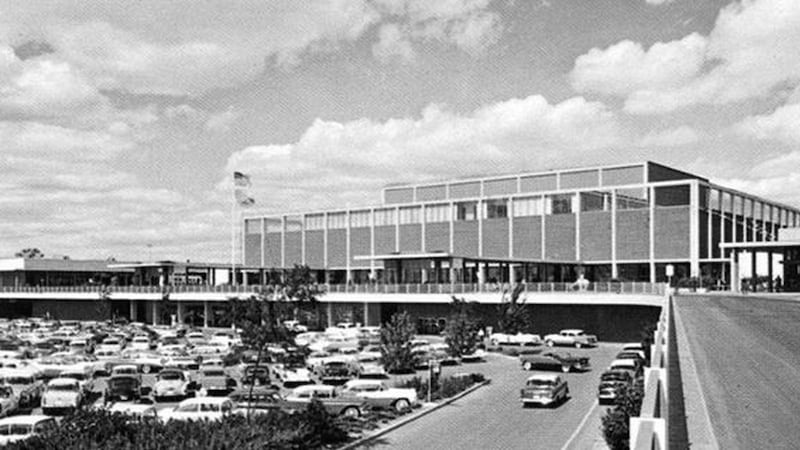Fears about the future of global retail are permeating all markets, and no more so than the property sector. Foremost among concerns is the impact of the internet, drones and other autonomous delivery systems.
These issues will continue to have an impact on the role of the lowly shop in our society.
However, like most fears, this one is largely derived from a lack of knowledge and understanding.

It is much easier to keep away from what is perceived as a “scary and unpredictable” property sector than try to understand it. But through understanding comes rich rewards.
So why all the fear?
By and large it is derived from the retail carnage that has unfolded in the US over the past number of years.
High-profile store closures and job losses have been par for the course, but the only real surprise is that it didn't all happen sooner. Little-known fact: the US has more than six times the retail floor space per capita than the UK and more than 10 times (yes, 10 times) the European average.
According to Forbes magazine, the number of American shopping centres has grown by more than 23 per cent, and gross leasable area by almost 30 per cent since 1995. In that time the population has grown by less than 14 per cent.
Forbes says there is now close to 25sq ft of retail space per capita, and about 50sq ft if small shopping centres and independent retailers are added. In contrast, Europe has about 2.5sq ft per capita.
In addition, because of the maturity of the US market, this is largely old and out-of-touch stock, such as generic strip malls and mass discount retail warehouses.
In this context, it is absolutely logical that the American retail sector is going through such a horrendous time. The internet impact was just the straw that broke the considerably overburdened camel’s back.
Planning system
Another key feature distinguishing the “Irish situation” from that of the Americans, or even the British, is the impact of our planning system.
Despite the system’s many flaws, since 1999 the concept of sustainability has been at the heart of Irish planning, where proof of demand needs to be established and retail impact considered.
Now, there is no denying that there are multiple examples where competing city and county areas (or two adjoining counties) have granted excessive retail permissions in a clear attempt to secure “rates” for their district.
By and large, however, the system has not gone down the UK route of hollowing out its town centres with mass satellite development, or the American route where brand new schemes are built, necessitating the closure of the neighbouring older “mall”.
As a consequence the Irish retail stock, which is largely situated within or close to existing historic town centres, is better placed to adapt to the additional pressures brought by demand for a more modern “experiential retail product”.
Unlike the relatively simplistic supply and demand dynamics that have driven the Irish office and residential sectors to uncomfortably high levels, “the fear factor” echoed at every property conference over the past 24 months has left the retail sector as the last remaining refuge of true value in the Irish property market.
Yes, there are examples of “over-enthusiastic purchases”, but most well-advised investors of retail portfolios over the past two years are enjoying double-digit capital growth as well as attractive ongoing cash-on-cash returns, and this is before things really start to “kick-off”.
Recent acquisition
A case in point is Sigma Retail Partners' recent acquisition of the Manor Mills Shopping Centre in Maynooth, Co Kildare, which was acquired in 2004 for nearly €50 million. It was in turn acquired last January by Sigma on behalf of a private equity fund for €13.8 million, with a number of vacant units and a net operating income yield of 8.5 per cent.
Less than six months later, Manor Mills is approaching full occupancy and producing a yield of 10.2 per cent, with annual cash-on-cash return of more than 18 per cent off predominantly market rents.
So were the new owners just lucky in a “scary and unpredictable sector”?
I believe there is more to it than that. Information is key. Turnovers, sales density, footfalls, click-and-collect sales and returns are key underwriting inputs. This is real-time factual data, not hypothesis or conjecture, based on data collected across the shopping centres and high streets across the country – not generic national statistics which hide the winners and losers.
When we overlay the demographic data along with its economic growth, there are (and will be) both seriously big winners and big losers in the retail property sector.
Knowing which to invest in is the key. Knowledge-based investment is not so scary and very lucrative.
Rod Nowlan is a director of capital markets at Bannon Property Consultants.











